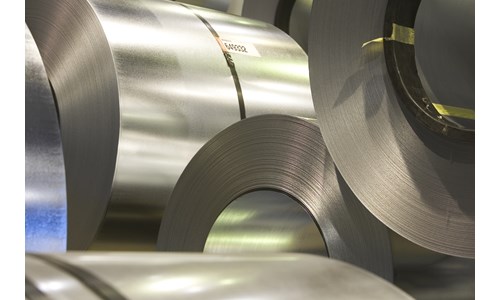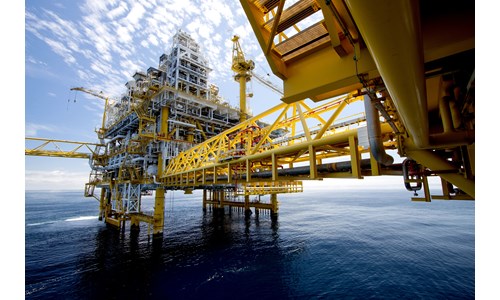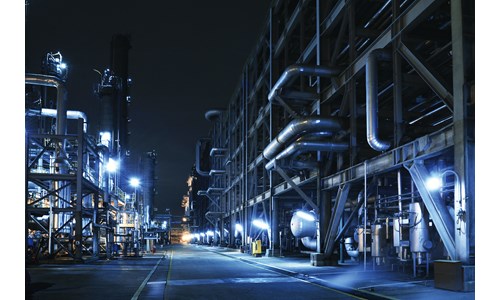EV charging at service stations: is it worth ditching fuel pumps for EV chargers?
*Please note that this report only includes an Excel data file if this is indicated in "What's included" below
Report summary
Table of contents
- Executive summary
- Introduction
- Increasing reliance on public chargers
- Growing network: what are the returns?
-
Examples of public rapid EV charging profitability
- Findings
- Implications for fuel retailers
-
Conclusion
- Related articles
Tables and charts
This report includes the following images and tables:
- Net margins of EV rapid/ultra-rapid charging at service stations per different utilisation rates
- NPV with different utilisation rates - France*
- NPV with different utilisation rates - Germany*
- NPV with different utilisation rates - Spain*
- NPV with different utilisation rates - United Kingdom*
What's included
This report contains:















